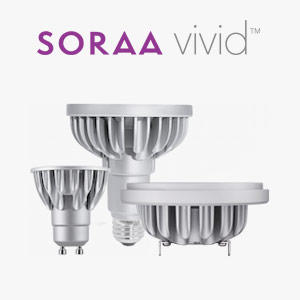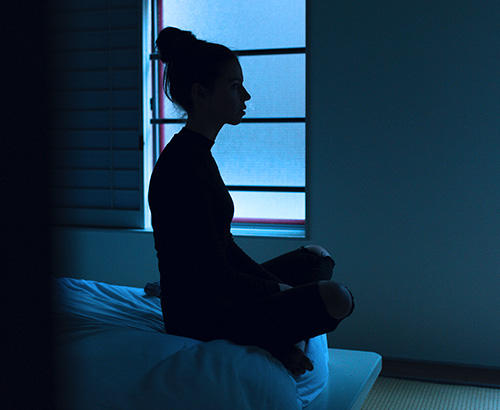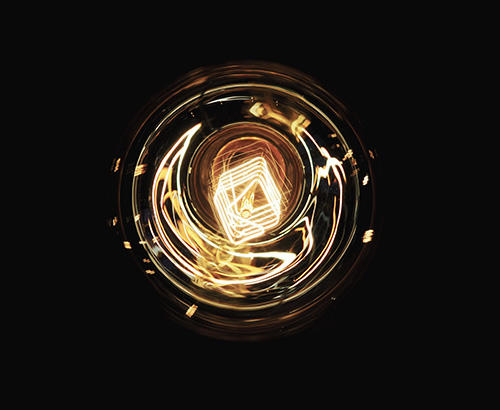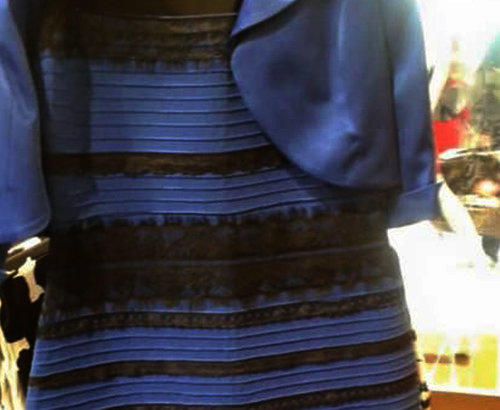I like this
How do you explain color, and more precisely how do you explain correct color versus incorrect color, because doing so matters when it comes to understanding light and your objectives. For example, retailers have a lot to consider when choosing the right type of light for showcasing their products – they want the products to be color correct and natural, not muted or misrepresented in anyway.
Light emitted from LED technologies has various aspects and properties to keep in mind, and CRI scores have become the most prevalent way of explaining color. But there’s more to understand and consider when it comes to color rendering and light quality - specifically R9.To explain what R9 lighting value is and why it’s important, let’s remind you of what CRI is.
CRI is a value which measures a light source’s ability to show an object’s accurate, natural colors when compared to a reference light source such as sunlight. CRI has a maximum score of 100. Light sources with a higher CRI, like 80 or 90 or 100, are best for showing off the most accurate colors.
The complete CRI uses fourteen test colors, giving them scores from R1 to R14. For each color, a high score means the color is well rendered. But the generally used CRI score only measures a light source against the first eight colors, averaging the scores R1-R8, which is the pastel color range. R9 to R12 are not evaluated, yet they are the most saturated colors: red, yellow, green, and blue and R13 to R14 are earth tones. Since the color red is important for the human eye to see—in nearly everything from clothing to food to artwork—a high CRI combined with a high R9 value creates the most vivid representation of the actual color.
R9 Matters To You
At a restaurant or your kitchen or dining table you want food to look it’s best. Most foods, such as fish, fruits, meats, and vegetables, carry high amounts of the color red. If the light source aimed at those items lacks a high R9 value, the food could appear as the wrong color, which doesn’t seem very appetizing.
Likewise, you want your art to look as the artist intended, whether it is in a museum, art gallery or your home. You always want to ensure the lighting portrays the artwork in its most accurate, vivid form, representing the entire color spectrum as best as possible.
Now you know why to look for R9 specifications in the light you choose. Everyday life is rife with red, so it makes sense for the R9 value to be a lighting standard.






